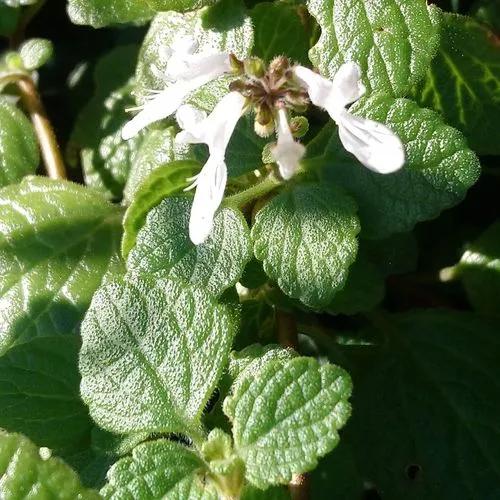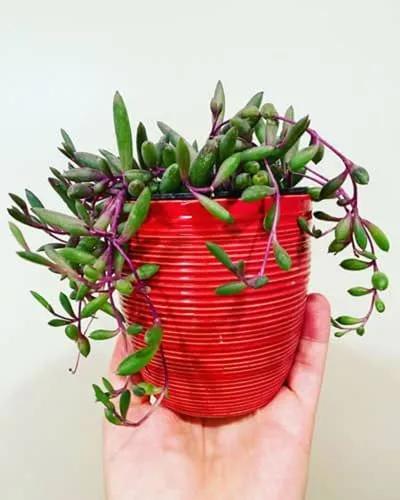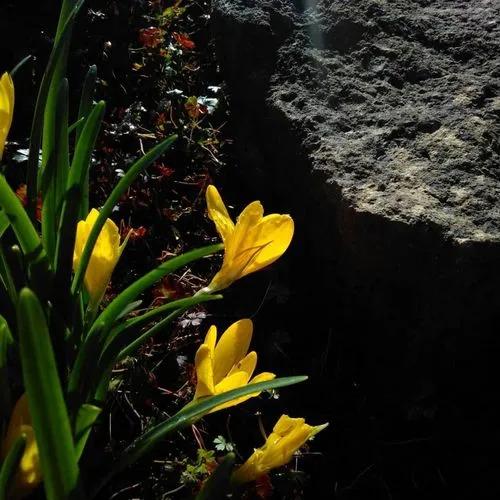Thunb. Lilium speciosum is an East Asian species of plants in the lily family. Lilium speciosum grows up to 1.2 metres (3 ft 11 in) tall and 0.3 metres (1 ft 0 in) wide, blooming from August to September in north temperate regions. The flowers are white to pink in colour, and strongly scented.
Lily (oriental Mix) Care
Lilium Speciosum Thumb



How to Care for the Plant

Water

While lilies respond to regular watering by producing larger, healthier blooms, they are also drought tolerant. Dry winter soils are ideal. Err on the side of less water, not more.

Fertilizer

Supplemental fertilizer is not necessary to grow lilies. The plants are not heavy feeders, and can get the nutrients they need from the soil.

Sunlight

Having the perfect soil isn't important for growing blackberry lilies, but having good drainage is. Soggy soils, especially in winter, can cause the rhizomes of lilies to rot. These plants are not fussy about soil pH; they will do well in both alkaline and acidic soil conditions.

Soil

Most lilies like a soil that’s rich but not overly beefy, though the Orienpet lilies are not fussy about food and tolerate a leaner diet. Drainage is the critical issue. Given their druthers, lilies would like to be planted in a berm or raised bed so water drains away from the bulbs. A pH of 5.5 to 6.5 suits them best.

Additional

All species of Iris are considered class 2 (minor toxins causing stomach and intestinal upset) and class 4 toxins (causing dermatitis reactions) for humans, according to official lists of poisonous plants. These plants are somewhat more toxic to dogs, cats, and other animals. The primary toxins are thought to be irisin and certain pentacyclic terpenoids.

Popularity

183 people already have this plant 34 people have added this plant to their wishlists
Discover more plants with the list below
Popular articles






